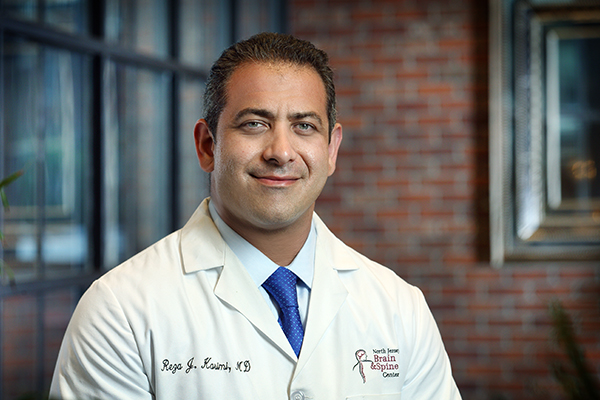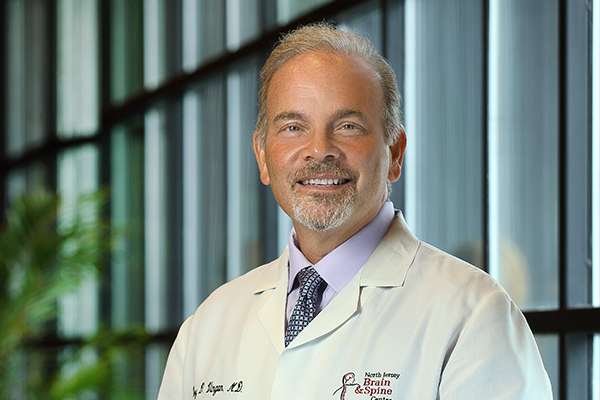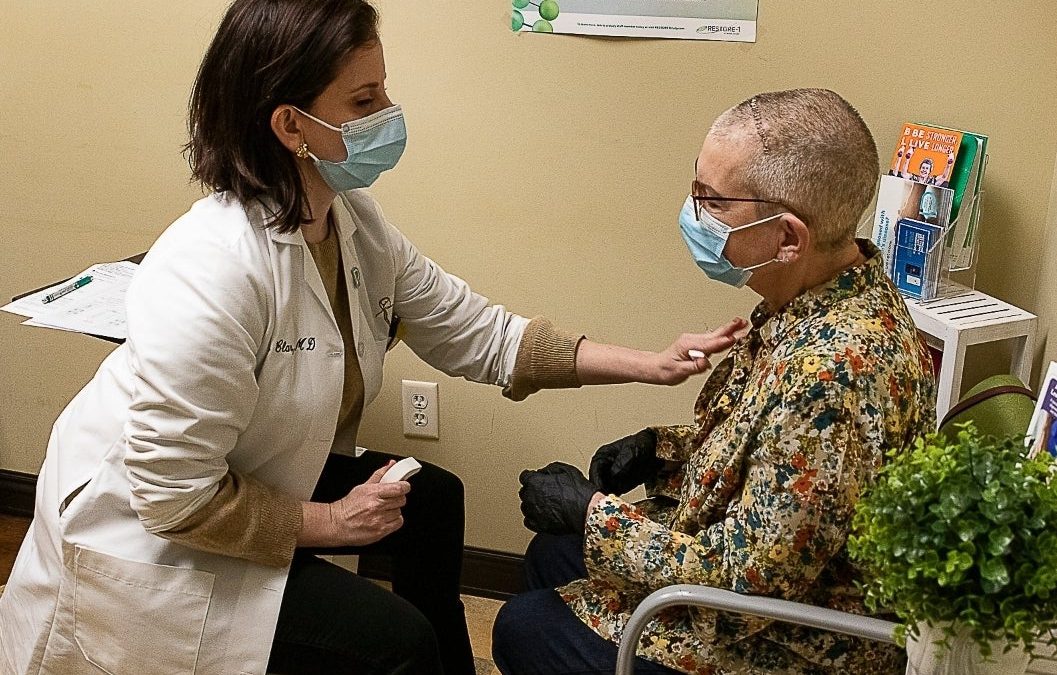What is Subarachnoid Hemorrhage?
Subarachnoid Hemorrhage (SAH) is a collection of blood in the subarachnoid space, a fluid-filled space between the brain and the skull. Most commonly, SAH occurs as a result of a closed head injury and is treated supportively. Alternatively, spontaneous (non-traumatic) SAH is a type of stroke that affects approximately 30,000 people annually. Although tumors and other vascular malformations (AVM, Cavernous malformation and DAVFM) are associated with SAH, aneurysmal subarachnoid hemorrhage is the most common source of bleeding and is associated with the highest morbidity.
Despite advances in medical and surgical treatment, aneurysmal SAH remains a serious life threatening condition. Ruptured aneurysms are an emergency medical condition and should be evaluated and treated in a center experienced with their treatment. Despite this, mortality rates remain as high as 30% in the first month after the initial hemorrhage. Subarachnoid hemorrhage is usually diagnosed with a standard head CT, occasionally a lumbar puncture and/or MRI of the brain may contribute to reaching a diagnosis.








